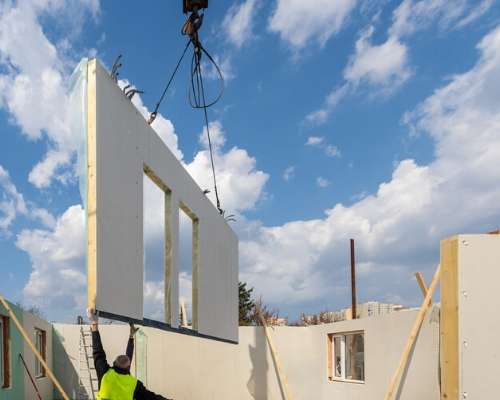How Tracking Prefabrication Productivity Creates Efficiency for Contractors
0%

Prefabrication of materials used in construction is not a new concept. For years, specialty contractors like electrical, mechanical and plumbing firms have operated workshops where materials can be assembled and readied for easy installation on projects out in the field. In recent years, however, more and more general, heavy highway and civil contractors have also embraced the idea of prefabrication and modular design facilities.
Today, as the construction industry as a whole is faced with the potential of a new reality spurred by COVID-19, the benefits of these prefabrication and modular design facilities might be even more important than ever for contractors. Those newer to the concept of prefabrication can look to both the successes that specialty contractors have had and the technologies being used to streamline these processes.

The Case for Prefabrication
Prefabrication allows contractors more control by implementing uniform processes to parts of the project that can be standardized, like assembling parts of materials in a warehouse rather than on a rainy jobsite.
The modular and prefabricated strategy mitigates on-site variables of weather, traffic, terrain, theft and more while moving the work into a controlled environment connected to technology, material sourcing and project data. As modularization continues to advance, this is another area ripe for future technology innovation and application.
These prefabrication processes have typically boosted overall project productivity and deliverability. And they’ve allowed project managers and other key stakeholders a (generally) single location to oversee progress, quickly spot design flaws or errors before they affect the larger project, and ensure tighter control over labor hours, material usage and waste, equipment and machinery performance and much more.
All of the above are ingredients in the prefabrication recipe ensure crews remain more productive, but contractors still have to measure productivity. That’s why many are leaning on integrated, cloud-based construction management solutions to track work done not just on the jobsites — but in pre-fabrication shops as well.




